The gin and tonic is a cocktail that’s simple enough for an amateur to make, yet complex enough for a professional to botch. All you need to do is fill a glass with ice, add gin and tonic water according to your ratio of choice, then garnish with a lime, right? Sort of. There are a few more details to take note of, but arguably the single greatest way to improve a gin and tonic is to buy a better tonic water. After all, the tonic water will consist of more than half of your drink, and no one wants to ruin a good gin with a bad tonic.
I mentioned in a previous post that the gin and tonic was the first cocktail I ever learned to make. The gin and tonic is ubiquitous, yet is also a respectable drink unlike other equally ubiquitous drinks such as the Long Island iced tea. I’ve used several different tonic waters over the years and I finally sat down and conducted a side by side taste test. (Sadly, no triangle test was involved. Hypocritical, I know.) I selected what I’d consider to be premium tonic brands and also included the Whole Foods 365 brand because it was a lower cost option made with cane sugar, not high fructose corn syrup. In addition to Whole Foods’ house brand, I chose Fentiman’s, Fever Tree, and Q Tonic.
In order for this all to make a little more sense, we need to go over some background info on what exactly tonic is. The notably bitter ingredient in tonic is quinine. Quinine is a derivative of the bark of the cinchona tree, which is native to South America. As with many cocktail ingredients, the origin of tonic water is medicinal. The medicinal properties of quinine were discovered by the indigenous people of Peru and Bolivia, the Quechua. The quinine was ingested for malaria prevention, but was extremely bitter. British officials stationed in India in the early 19th Century would mix the powder with soda and sugar, creating what we now call tonic water. The addition of gin to the tonic water also occurred in British colonial India for reasons unknown, but I suspect lack of proper pubs. Quinine was phased out for more modern malaria prevention medications in the 1940s, but is still regulated in the Unites States by the FDA.
The first noticeable difference in the four chosen tonic waters is the difference it makes when the tonic water contains real cane sugar instead of syrupy high fructose corn syrup. With that in mind, understand that any of these tonic waters will be an upgrade from Canada Dry, Seagram’s, or Schweppes. Certain ones will work better alongside different gins, but for the purposes of this review, I compared them against each other. Along with my notes and background info on the specific tonics, I’ve included their ingredient list including sugar and sodium content, as well as pricing. To reiterate, I’m not looking to call any of these a “winner”, rather discovering which one tastes better. You can’t expect to put low quality ingredients into a cocktail and it taste good, but also realize that when combined with other ingredients the perception of these tonics can and will change.
Fentiman’s
From the dark bottle to the branding on the label, it’s clear that Fentiman’s is inducing the image from the medicinal roots of tonic water. Fentiman’s positions itself as being “botanically brewed”, and after reading the ingredient list I’m not entirely sure what that means. I was hoping to see some more interesting botanicals listed, but I do have to give them credit for listing all ingredients very specifically and not using the “natural flavors” bucket to group together unspecified ingredients. This tonic water is more lemon/lime driven than the others, and it’s very good.
Ingredients: Carbonated Water, Cane Sugar, Citric Acid, Tonic Flavor (Water, Lemon Oil, Ethanol, Lemon Grass Oil), Quinine (10mg)
Sugar: 29g/9.3 ounces (3.12g/ounce)
Sodium: 25mg (2.69mg/ounce)
Price: $6.99/4 pack of 9.3 ounce bottles – $0.19 per ounce
Fever Tree
I’ve always enjoyed Fever Tree’s products, particularly their ginger beer. It’s not overly sweet and has a bold fresh ginger spiciness. Their tonic water is no exception, and for the price it shouldn’t be. This is the most expensive tonic water in the lineup. Fever Tree is named after the colloquial name for the cinchona tree, and the lore on their website reads like a J. Peterman catalog. It truly is interesting. (Apparently, I try to throw in a Seinfeld reference and J. Peterman was a parody based on an actual company.) Fever Tree says they harvest their quinine using traditional methods in the “heart of the war-torn Democratic Republic of Congo”, and are the only drink company to source from this one specific plantation. Their ingredient list also boasts bitter orange extract which they discovered through an ingredient hunter who came across the extract in Zygoma, Tanzania. Fever Tree is balanced and smooth. It has the citrus notes, and the bitterness of the quinine is still present. It’s delicate and complex
Ingredients: Carbonated Spring Water, Cane Sugar, Citric Acid, Natural Flavors, Natural Quinine
Sugar: 16g/6.8 ounces (2.35g/ounce)
Sodium: 0mg
Price: $5.99/4 pack of 6.8 ounce bottles – $0.22 per ounce
Whole Foods 365
This tonic water was a great surprise, especially for a store brand! The quinine is likely synthetic, but it’s still a good value tonic. I went into the tasting not knowing ingredients or quantities, but this one stood out as the sweetest. Now that I look over the stats, I see that the Fentiman’s contains more sugar, but I think the citrus balances out that sweetness better. The 365 tonic water was the least complex, but it didn’t suffer from the same pitfall as most cheap tonics – that terrible syrupy sweetness. I’m not going to necessarily recommend it, but I will suggest it friends that I know would never pay $6 for a 4 pack of tonic water.
Ingredients: Filtered Carbonated Water, Invert Sugar, Citric Acid, Natural Flavors, Quinine
Sugar: 36g/12 ounces (3g/ounce)
Sodium: 0mg
Price: $2.99/6 pack of 12 ounce cans – $0.04 per ounce
Q Tonic
Q Tonic has been a favorite of mine for years, and I was surprised that it wasn’t my top choice in this lineup. Q Tonic has a slightly darker color, which I attribute to its use of agave nectar as the sweetener. This tonic water seems bland when tasted along the others, and has a seltzer-like salinity. Fentiman’s has about 4 times the sodium content, but didn’t come across as salty. Q Tonic sources their handpicked quinine from the Peruvian Andes, and takes pride in crafting a pure tonic unadulterated by artificial ingredients. I’d chose Q Tonic as the tonic of choice when using delicate floral gins like Hendrick’s.
Ingredients: Carbonated Water, Organic Agave, Natural Bitters, Handpicked Quinine, Lemon Juice Extract
Sugar: 7g/5 ounces (1.4g/ounce) (bottles are 8 ounces)
Sodium: 6mg/5 ounce (1.2g/ounce)
Price: $5.35/4 pack of 8 ounce bottles – $0.17 per ounce
[divider type="dotted" color="blue"]
For comparison, here are the ingredients of the cheap tonic waters. Notice that they are all high in sugar and sodium.
Canada Dry
Ingredients: Carbonated Water, High Fructose Corn Syrup, Citric Acid, Sodium Benzoate, Quinine, Natural Flavors
Sugar: 23g/8 ounces
Sodium: 35mg/8 ounces
Seagram’s
Ingredients: Carbonated Water, High Fructose Corn Syrup, Citric Acid, Quinine and Natural Flavors, Potassium Sorbate
Sugar: 22g/8 ounces
Sodium: 20mg/8 ounces
Schweppes
Ingredients: Carbonated Water, High Fructose Corn Syrup, Citric Acid, Sodium Benzoate, Quinine, Natural Flavors
Sugar: 32g/8 ounces
Sodium: 55mg/8 ounces
In conclusion, it was Fever Tree that stood out the most. Again, I wouldn’t consider any of these to be bad choices for tonic water, and some will work better with different gins. The main thing to gain from this review is to upgrade your tonic away from the ones filled with artificial ingredients, you’ll notice the difference. In addition to using a premium tonic water, keep your gin in the freezer, keep your tonic water cold, and wait until the last minute to squeeze the lime into your drink. Do these things, and you’re well on your way to making gin and tonics better than most bars and restaurants.
[divider type="dotted" color="blue"]
Additional Resources:
Here is some additional content to geek out on. I highly suggest Dave Arnold’s presentation on his quest for the perfect gin and tonic. He is a cocktail geek beyond compare, and I really enjoyed his book, Liquid Intelligence. I’ve also included links to the previously mentioned Liquid Intelligence and a Fever Tree Gift pack, either of which are excellent gifts for the cocktail enthusiast. If you’re interested in more gin and tonic related articles, I’ve also included links to a DIY tonic syrup as well as a piece I wrote on unique gin and tonic variations.
Dave Arnold on the G&T
Q Tonic
Liquid Intelligence
Fever Tree Gift Pack
Tonic Syrup – Using Cinchona Bark to Make a Quinine Syrup for Gin and Tonics
Quintessential Quinine – Refreshing Takes on the Gin and Tonic
I created The Humble Garnish because I’m passionate about cocktails. Occasionally, I am provided with products for review or other perks. Many product links on this site are affiliate links that give me a very small kickback, and costs the buyer nothing extra. For example, as an Amazon Associate, I earn from qualifying purchases after a link leading to Amazon is clicked. Other links may earn me affiliate commissions as well. This helps offset the cost of creating content for the site – things like camera gear, software, alcohol, glassware. I have at times accepted and at other times declined free products. I promote what I love and use, and rarely will write about a product that I don’t appreciate or own. If I don’t like a product or service, I often simply choose not to write about it.
– Andrew

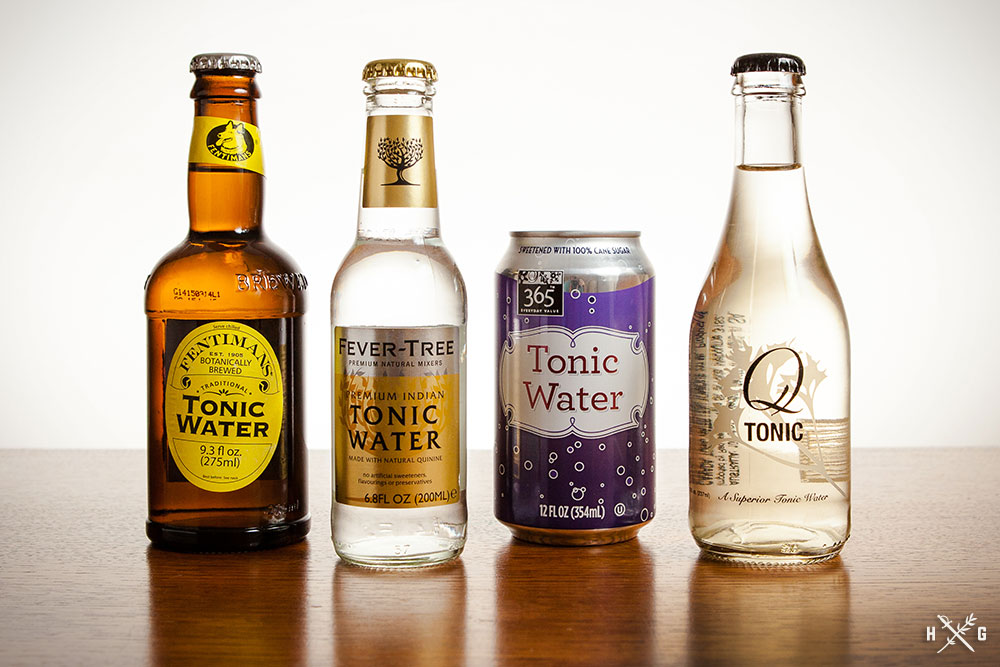
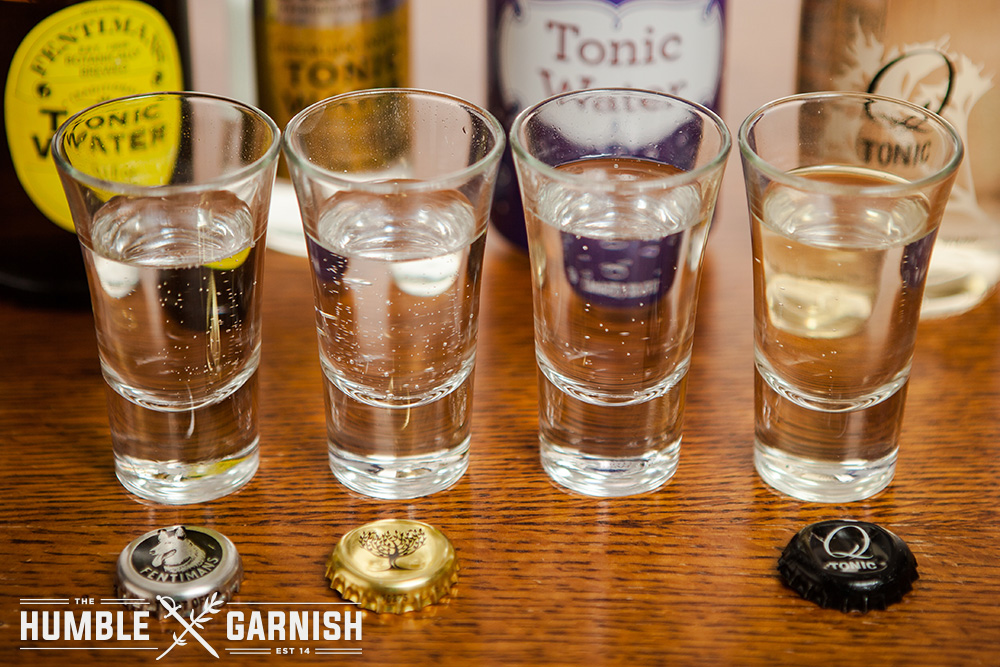
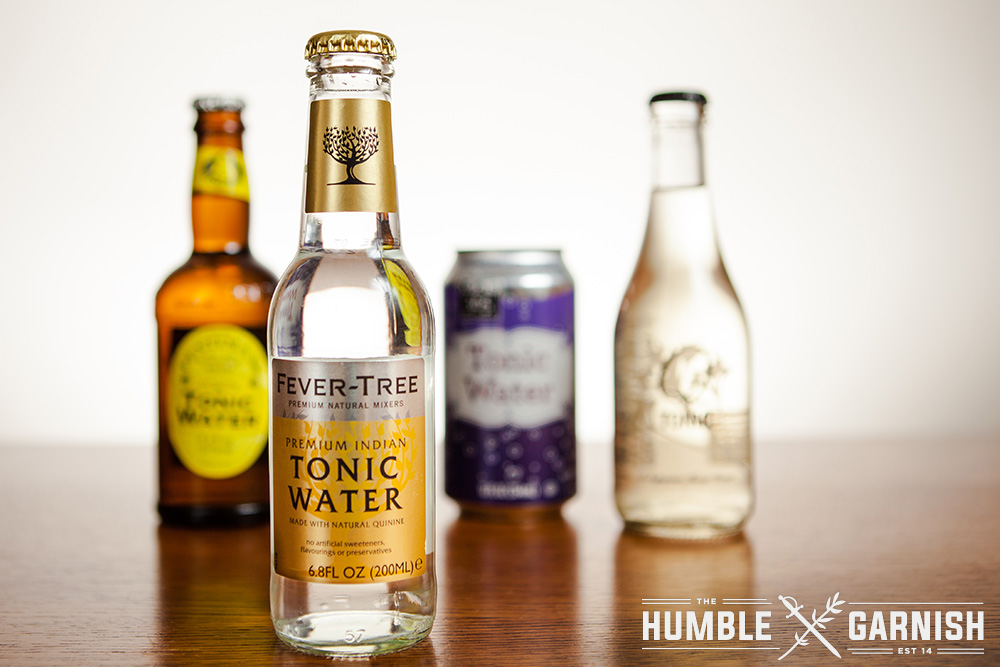
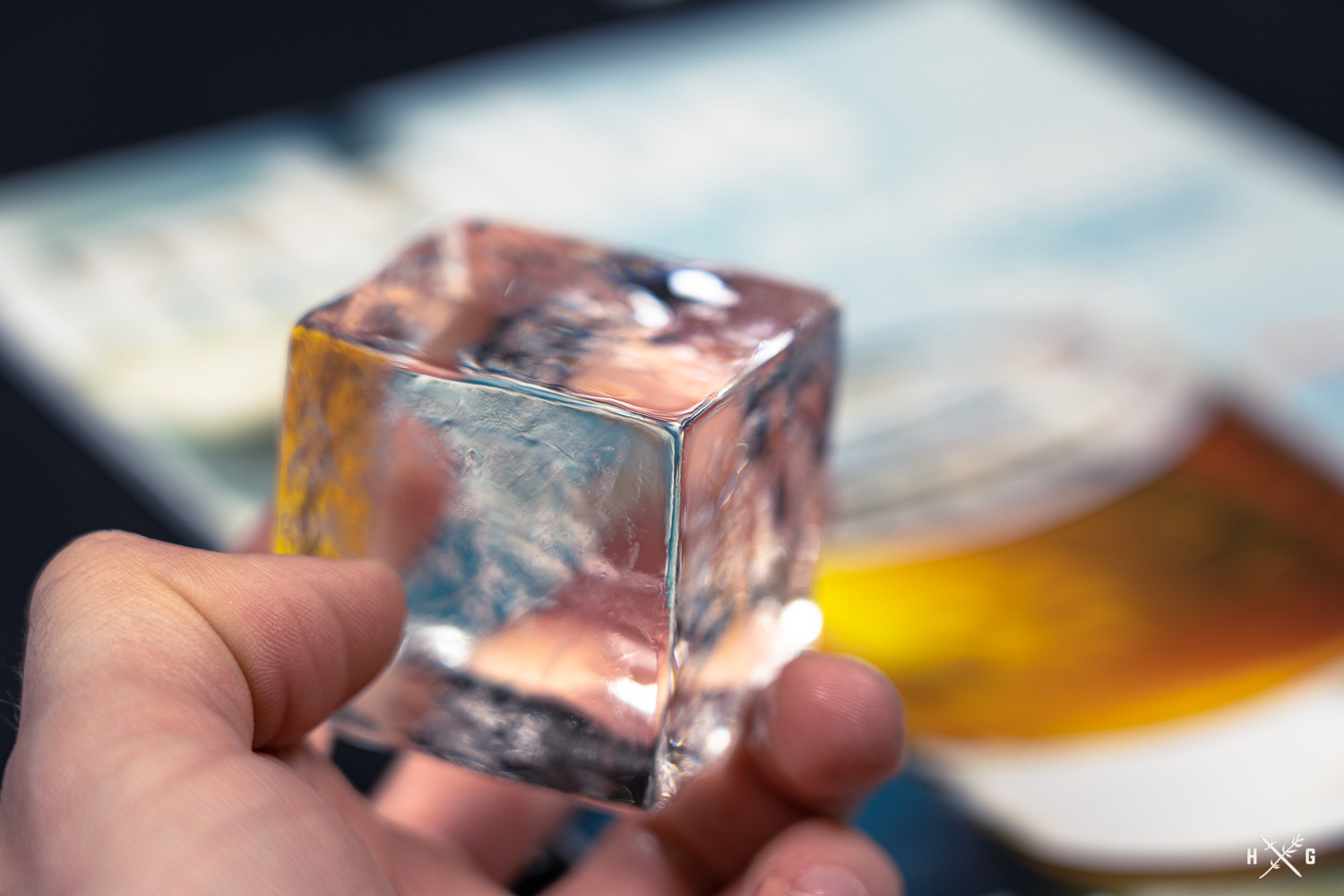
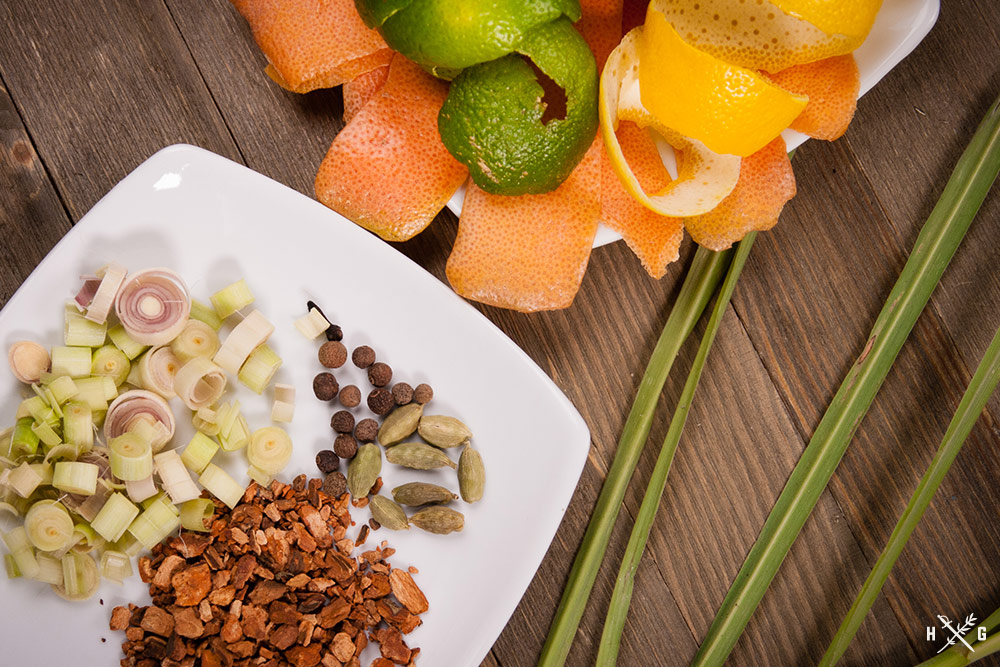
Andrew,
The gin and tonic is one of my favorites! I probably make more gin and tonics then any other cocktail (the Old Fashioned and Sazarac would be close if I kept track).
Sadly, to many bars and restraunts will pour weeks old, warm, flat, and cheap tonic water into perfectly good gin. Hense, many people have been turned off of this cocktail.
Your preparation tips are spot on. I look forward to trying Fentimen’s and Q Tonic (agree totally on Fever Tree) Also, I am going to try your tip on putting the gin in the freezer. Thanks!
It may be obvious to some but I thought I’d add one tip. Carefully poor your freshly opened, very cold, tonic into the gin and then give it a light stir. You want to mix the ingredients but preserve as much carbonation as possible. The cold, carbonation, and balance between bitter and sweet is what makes this cocktail so refreshing!
Thanks for spreading the word on how to prepare such a great drink!
Sincerely,
Jacob
Woodward, OK
Hey Jacob!
Thanks again for being a loyal reader. Definitely check out Fever Tree and Q Tonic. The tonic syrup that Strong Tonic (out of OKC) puts out is legit too. And you’re right – carefully pour. It’s all about keeping it cold and preserving the carbonation. I might have to make one for myself before the night is over, but I’m currently sipping on a Greenpoint riff. It’s a small variant, but if you ever want to branch out a bit and get into some Chartreuse, here is the link. http://bit.ly/2hD4quf
Cheers!